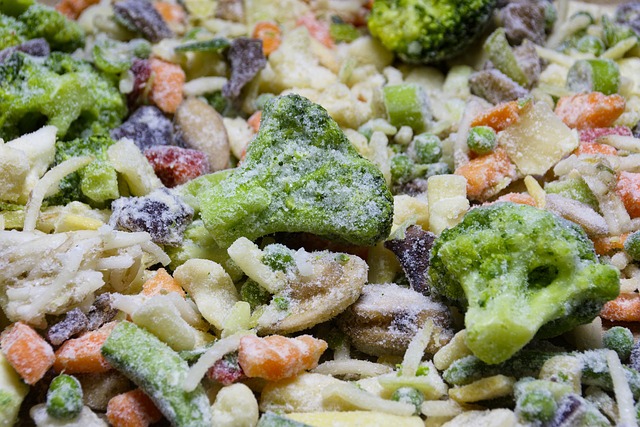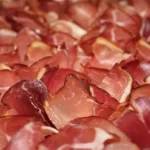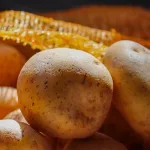The abundance of fresh, in-season produce available to you year-round is exciting at first. However, this can also lead to a lot of wasted food. Cooling and freezing food preservation comes for help here!
When produce isn’t used quickly enough, it can go bad within a few days or even hours in some cases.
If you want to preserve your fruits and vegetables for longer than a few days, there are ways that you can do so without adding preservatives or artificial flavors.
There are various methods to keep your food crispy and delicious for longer, but one of the simplest ways is by cooling and freezing them as soon as possible after harvesting or buying them.
Cooling and freezing food preservation with the help of a home refrigerator or other methods is one way to preserve your fruits and vegetables all year long.
Read on to learn more about different ways to cool and freeze your food for preservation.
What Is The Best Way To Cool Food For Preservation?
Keep hot meals out of the refrigerator. Hot food can rapidly elevate the temperature of the other items in the fridge and may place them in the temperature danger zone (41-140 degrees Fahrenheit).
If the food is still hot when put inside the fridge or freezer, it does not move through the temperature danger zone quickly enough. It is best to separate the hot food into smaller containers or cut large pieces into smaller sizes.
This way, hot products will cool much more quickly.
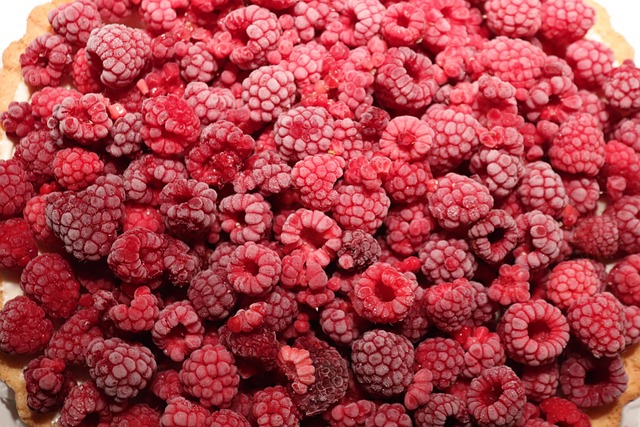
Additionally, stainless steel transmits heat from food faster than plastic. If the food is still hot or warm, put it in steel containers and place it in an ice water bath, simply a pan or sink of ice and water.
Stir the food while in the water bath to cool it quickly. This way, food should be cooled and ready to put in the refrigerator or freezer within two hours from when it was taken off the stove or out of the oven.
When you store the cooled food in the fridge, it is advisable to wrap it loosely so that the chill air can reach the ideal temperature of 41 F. Once the food has cooled, make sure to put a lid or a tight wrap around the container.
If you are cooling soup or stew, add frozen ingredients, water, ice, or any other liquid that is part of the soup or stew to quicken the cooling process.
It is essential to allow food to cool within two hours to ensure it is safe to eat. Make sure to transfer it to the refrigerator or freezer to maintain its quality.
The Benefits Of Cooling Food Before Freezing
As mentioned before, placing considerable amounts of hot food in the freezer can increase the temperature to the point where other items stored in it may be damaged.
Additionally, a layer of ice may form on the outside with liquid-like dishes in large quantities. This ice crust can act as a thermal insulator, keeping the center of the dish at around 70-85°F for hours, which can be a breeding ground for germs and could decrease the amount of time it will last in the freezer by months.
To be safe, it is best to put the preparation in 1-liter freezer bags and vacuum seal them when they are still hot. Then, let the food cool to room temperature and freeze it to below 14-ish°F.
Cooling And Freezing Food Preservation. How To Freeze Fruit?
Cooling and freezing food preservation is very easy with fruits. Fruit is a great item to freeze in many forms. You can freeze sliced or chopped pieces in a larger freezer-friendly bowl or container.
Berries, for instance, can be placed in a bag and frozen without any extra preparation. However, other fruits, such as bananas, pineapple, and melon, should be peeled and cut into pieces before freezing so that they will be ready to use once they are defrosted.
You can also freeze fruit juice. This is an excellent option for kids as you can blend it smooth or leave it as is for more texture.
How To Freeze Vegetables
If you are trying the cooling and freezing food preservation method with your vegetables for long-term storage, you should blanch them first before freezing them. Blanching is the process of putting vegetables in boiling water for a few minutes before transferring them to cold water.
Blanching will help to kill any bacteria or insects that may be living in the vegetables. It also helps to start the process of breaking down the cell walls in the vegetables so they will freeze faster and break down more easily when you are reheating or cooking with them.
Blanching is also important if you plan to freeze your vegetables in bags. However, be aware that freezer bags are generally not designed to withstand boiling water.
Blanching vegetables before freezing them will help to retain their color. If you are freezing raw vegetables, they will turn a darker color and be less appetizing when you reheat them.
Blanching your vegetables before freezing them will help to preserve the texture better, especially if you are freezing broccoli or something that can get soggy quickly.
One more thing to keep in mind is that if you plan to freeze fruits or vegetables in some sort of sauce, you will want to make sure you cool the sauce before you freeze the vegetables.
When Should You Freeze Your Food?
You can freeze nearly any kind of food. However, some foods freeze better than others. If you want to freeze fruit or vegetables for long-term storage, you should ensure that they are ripe.
This means that you should wait until you have plenty of ripe harvest available so that you can freeze it in bulk.
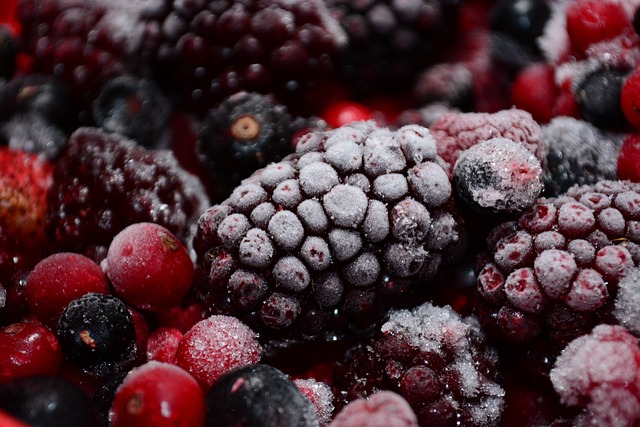
If you freeze foods that are not ripe, they will probably be fine to eat once they are frozen. However, they will taste better if fully mature when you freeze them. Freezing fresh produce will help you to extend its shelf life to last long after the growing season has ended.
This is great if you are like many people who have a hard time consuming all the produce they grow or if you get a little too excited during seasonal sales at your local farmer’s market.
However, it is important to remember that frozen foods won’t have the same nutrients as fresh produce.
That’s because they lost some of their nutritional value when frozen. However, you can still use frozen produce to add nutrients to your diet. Just be sure to account for the difference in nutritional value when you are planning meals.
What about an example of freezing tomatoes?
How To Freeze Garden Tomatoes?
For freezing fresh tomatoes, choose any variety, but especially consider cherry tomatoes. Smaller tomatoes will freeze quicker than larger tomatoes.
Cut the tomatoes in half or quarters before freezing. This will allow you to grab just the number of tomatoes you need at any given time. You can also blanch tomatoes before freezing to make them last longer.
Choosing the right variety of tomatoes, planting in a sunny location, and keeping plants well-nourished will help to produce tomatoes that are perfect for freezing. Remove the stems when the tomatoes are ripe and rinse them in cool water.
Then slice or chop them and spread the tomatoes on a tray or cookie sheet in a single layer. Place the tray in the freezer for 6–8 hours until the tomatoes are frozen solid. Then transfer the tomatoes to a freezer-safe bag or a rigid freezer container. The tomatoes will keep for up to 12 months.
Conclusion
Cooling your food before freezing is an easy way to preserve almost any type of food. It also has the added benefit of helping reduce bacterial growth risk.
For long-term storage, you should blanch your vegetables first. Blanching vegetables before freezing them will also help preserve their texture and color. Fruits are easy to freeze in just about any form.
Cooling and freezing your fruits and vegetables is a great way to preserve them for later use. Cooling your food before putting it in the freezer is essential.
When you freeze food, you can extend the shelf life of produce and other foods by several months or even a year. Frozen foods still contain some nutrients but will have less nutritional value than fresh produce.

